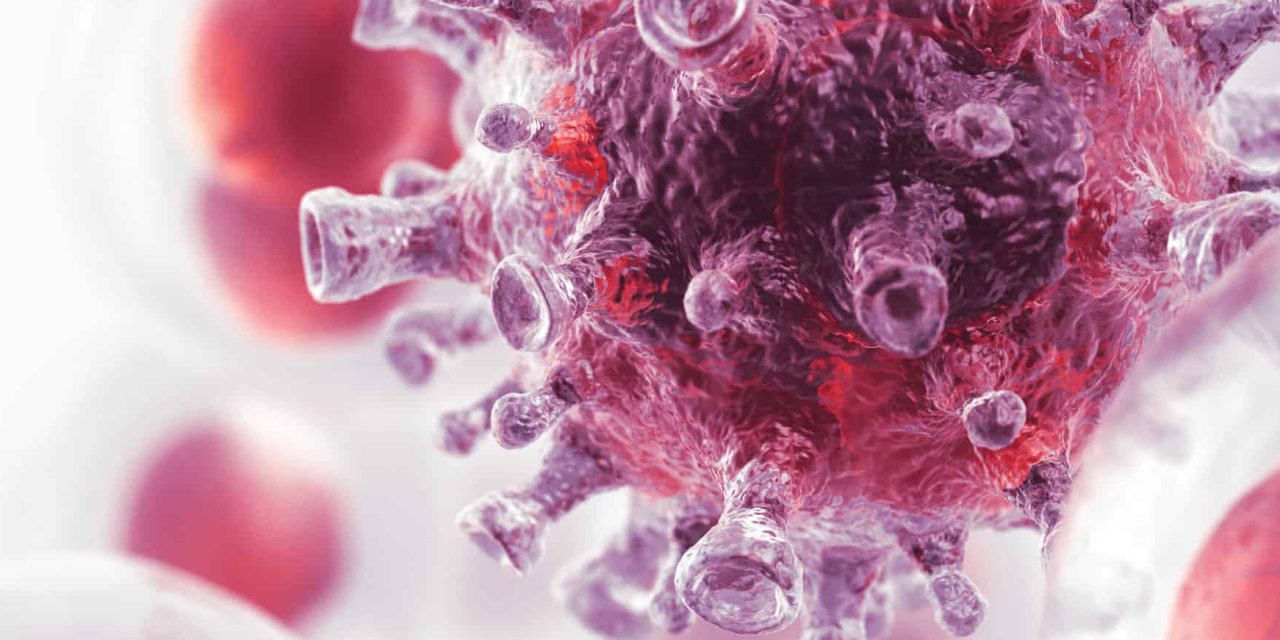This study aimed to compare the bioactivities of Lentinus polychrous polysaccharide extracts with Ganoderma lucidum. Three hot water-extracted polysaccharide fractions of L. polychrous (LPE), including immature fruiting bodies (im-LPE), mature fruiting bodies (ma-LPE), and mycelium (my-LPE), were analyzed for their phytochemical contents and bioactivities (e.g., anticancer, antiviral, anti-inflammatory, and immunomodulatory effects) compared with G. lucidum extract (GLE). Although GLE had the highest total phenolic and protein contents and lower carbohydrate content than LPE, im-LPE showed strong inhibition on HepG2 cell proliferation as did GLE. GLE and LPE showed antiviral effects on herpes simplex virus-1 and the relative antiproliferative activity was from im-LPE > my-LPE > ma-LPE. However, im-LPE showed the best protective activity on the viral attachment step with some virucidal effects. Moreover, all LPE showed selective and stronger inhibitory effects on LPS-induced RAW264.7 macrophages than those of GLE on genetic expression. Considering the 50% inhibitory concentration values, my-LPE possessed the strongest inhibitory activity on the expression of cyclooxygenase-2 and inducible nitric oxide synthase. However, ma-LPE had the strongest inhibitory effects on interleukin-1β and tumor necrosis factor-α gene expression. The extracts increased splenocyte proliferation under mycohaemagglutinin induction with a relative order of my-LPE > GLE > ma-LPE = im-LPE. In conclusion, LPE showed positive effects and stronger activity than G. lucidum. L. polychrous may have potential for use as an ingredient in functional foods.
Bioactivities of Lentinus polychrous and Ganoderma lucidum (Agaricomycetes) Polysaccharide Extracts.


